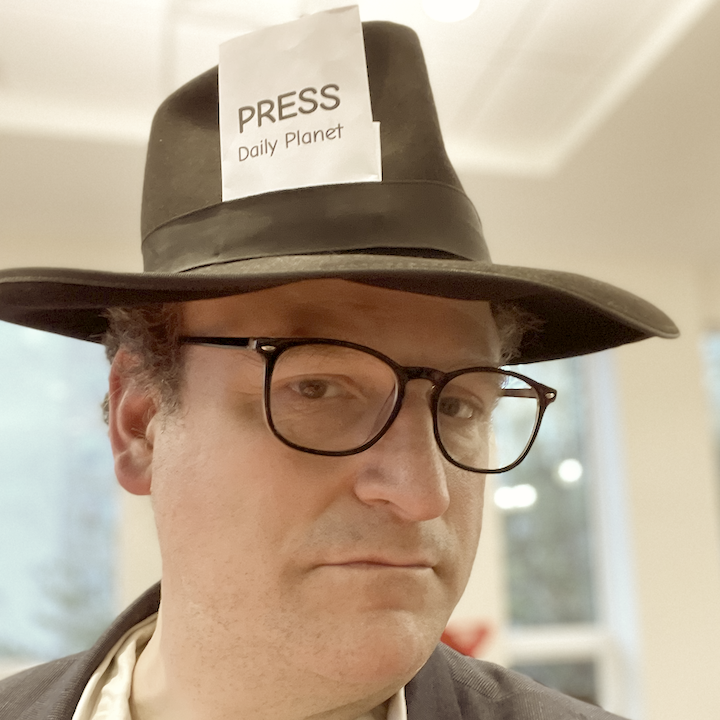imaginary family values presents
yesh omrim
a blog that reclines to the left

Why your e-book really isn't worth fifteen dollars
24 February 2010
Recently, there was a dust-up between Amazon, an information technology colossus that happens to sell books, and Macmillan, one of the six conglomerates behind just about every book published in the United States. Amazon wanted to price all of its Kindle e-books at $9.99 or less; Macmillan, not wanting e-books to undercut its sales of paper books, wanted a deal where they set the retail price and guaranteed Amazon a fixed proportion of the take. As negotiations bogged down, Amazon, no doubt wanting to Send A Message, decided to remove all Macmillan books from its catalog—not just the e-books, but the paper editions as well. At which point authors and fans whose books had been delisted Sent Their Own Message, along the lines of, Amazon, You Suck. So Amazon caved, and now Macmillan is free to offer $14.99 e-books to the masses.
Some people may wonder: why on earth should anyone pay fifteen bucks for a stack of bits that cost nigh-unto-zero to reproduce? In response to this argument, Tobias Buckell walked his readers through what it costs to publish a book, pointing out that even before you consider the cost of paper and ink and shipping, the editors and artists and proofreaders have to get paid. According to Scott Westerfeld, the cost of printing a book is between three and ten percent of list price.
I’m not going to argue with Real Authors (especially authors whose books I like) about the economics of the publishing industry, but I beg to point out that in the free market, prices are set by supply and demand. As a representative of the “demand” side, I think something is seriously amiss here.
I can’t stand to read long documents on an LCD screen, so if I’m ever going to take the e-book plunge, either laptop screens need to improve significantly, or I’m going to get an E-Ink-based reader. The Amazon Kindle and the B&N Nook both retail for $259.00. According to the Consumer Expenditure Survey for 2008, that’s double what the average American spends on reading in a year. In exchange for that $259.00, I would have free access to a whole pile of out-of-copyright and freely licensed documents in e-book form, but since I’m not reading those works now, I don’t consider that access to be worth anything to me. What about all those e-books that I can buy?
I checked out Charles Stross’s titles on both Amazon and B&N. When a Stross title is available as a mass-market paperback, the paperback almost always lists for $7.99 (B&N currently is having a “everyone gets the member rate” sale, so they are actually offering them at $7.19) and the Kindle or Nook edition almost always costs $6.39. Buckell’s Crystal Rain and Ragamuffin are available for $7.99 in either mass-market paperback or Kindle form. The books in Westerfeld’s Uglies tetrology are either $8.99 or $9.99 in paperback, depending on the title; the discount on the e-book version ranges from $1.00 to $5.77 (the latter is for the Kindle version of Extras, the most recent book in the series; I assume that’s a promotional rate).
Let’s generously assume, based on the numbers in this survey, that the e-book versions of the titles I would want to buy will sell for, on average, a $2.00 discount off their paperback prices. At that rate, I’d have to buy 130 e-books before I recoup the cost of the reader itself. And who knows how many times e-book pricing and technology are going to change before I buy another 130 books?
Wait a minute. Did I say it cost $259.00 for an e-book reader? But of course, I want to be able to share my books with my wife, and sometimes we both might want to read different books at the same time. So our household would need to get two readers, the cost of which might be recovered after buying 259 books.
And on top of that, the value to me of an e-book is less than that of a paper book, because with the Digital Rights Management built into the technology, I can’t loan my e-book to a friend (unless I bought it from B&N and the title has “LendMe™” enabled as a special feature), sell it to a used book store, or donate it to a library.
Obviously there are a few people out there who find enough other value in e-books to make them worth the money. (Best-sellers seem to have very steeply discounted e-book editions, so if you’re the sort of person who likes to read a lot of best-sellers as soon as they come out, e-books may be a reasonable choice for you.) Hopefully their dollars will sustain the industry until it can come up with a business model that makes sense to the rest of us. And perhaps there are others who thought the cutting-edge technology they bought was a wise investment, and are now fuming about how their hopes have been dashed, their expectations frustrated. All of this has happened before, and it all will happen again.
In the meantime, paper books are serving me well, so I’ll keep buying them.